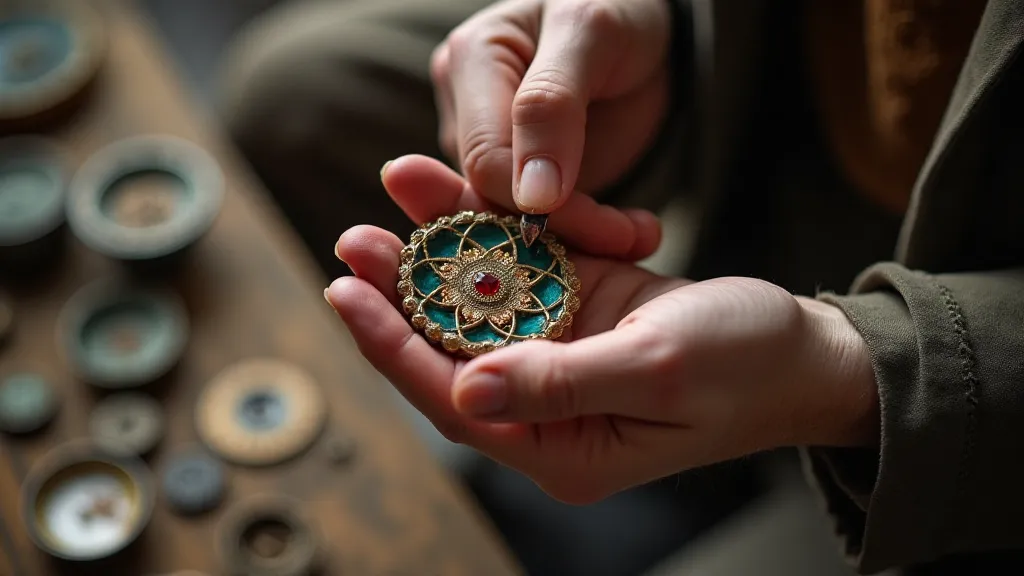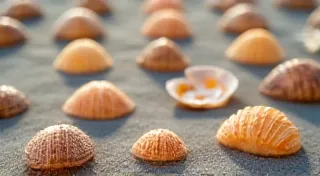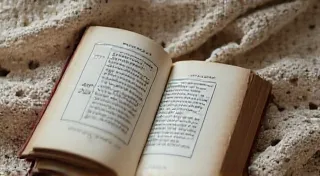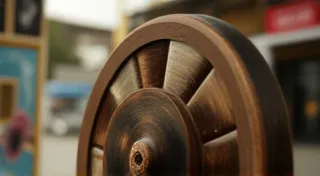Forged in Fire: A Molten History of Metal Cloisonné Buttons
There's a particular thrill in holding a vintage button. It's not merely a fastener; it's a miniature portal to another time, a tangible echo of lives lived and fashions embraced. And among the vast and varied world of vintage buttons, the metal cloisonné buttons possess a unique allure, radiating an almost tangible aura of artistry and industrial ingenuity. They’re more than just pretty; they’re a story etched in metal, a testament to the human desire for beauty and the fascinating intersection of craftsmanship and machine-age production.
My own journey into the captivating world of vintage buttons began unexpectedly. I inherited a box of my grandmother’s sewing notions, a chaotic jumble of threads, needles, and, of course, buttons. Most were commonplace, utilitarian pieces. But then I found them: a cluster of deep turquoise and garnet-red buttons, each a meticulously crafted flower, the petals rendered in shimmering enamel. They felt different, heavier, more substantial than the others. That was my introduction to the magic of cloisonné.
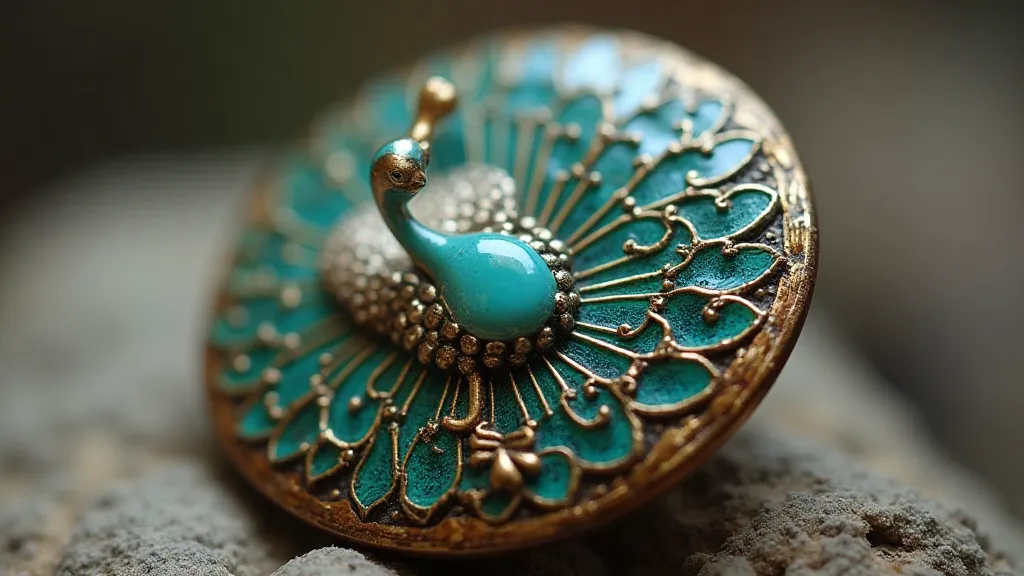
The Art of Cloisonné: A Dance of Wire and Fire
The name "cloisonné" itself hints at its creation process. Derived from the French word "cloison," meaning partition, it perfectly describes the core technique. It’s a remarkably intricate process, demanding an astonishing level of skill and patience. The foundation is usually a base of copper, bronze, or brass. Then, incredibly fine wires, traditionally made of silver or gold (though copper wires were also used for cost-effectiveness) are carefully soldered to the metal base, creating tiny compartments or "cloisons." These partitions act as walls, defining the patterns and designs that will be filled with enamel.
The enamel itself is a glass-like substance, created by fusing powdered glass with other ingredients like pigments, oxides, and stabilizers. This mixture is then painstakingly applied into the cloisons, often in multiple layers. Each layer is fired in a kiln – a fiery baptism that permanently bonds the enamel to the metal. This firing process is repeated numerous times, building up the layers of color and texture. The process could take days or even weeks for a single button, a far cry from the mass-produced buttons of today.
A History Forged in Flames: From the Far East to the West
Cloisonné's roots are ancient, stretching back centuries in China, Korea, and Japan. In these cultures, cloisonné was initially reserved for sacred objects and the adornment of royalty. Chinese cloisonné, particularly from the Ming Dynasty, is renowned for its exquisite detail and rich symbolism. Japanese cloisonné, known as “shippō,” often features stylized floral motifs and geometric patterns.
The technique gradually made its way to the West, reaching France in the 18th century. French artisans adopted and adapted the process, creating stunning examples of Art Nouveau and Art Deco cloisonné jewelry and decorative objects, including buttons. The French brought a distinctly European sensibility to the craft, emphasizing softer lines and a more delicate aesthetic than the bolder styles prevalent in the Far East. The industrial revolution greatly influenced the evolution of cloisonné techniques in the West.
The Industrial Dawn: Mass Production and Democratization
While true handmade cloisonné remains highly prized, the late 19th and early 20th centuries saw a significant shift towards semi-industrialized production. The advent of machines, while not entirely replacing the artisan's hand, allowed for a greater volume of buttons to be produced. Wire-drawing machines improved the uniformity and consistency of the wire used for the cloisons. Automated firing techniques, while still requiring skilled operators, streamlined the process. This democratization of cloisonné made these beautiful buttons accessible to a wider market – adorning the coats, dresses, and blouses of everyday people.
The American button industry, flourishing in the late 1800s and early 1900s, embraced cloisonné, leading to a diverse range of designs and styles. These buttons often incorporated patriotic themes, floral motifs, and representations of popular imagery from the time. Sadly, this era of production marked a decline in the quality of materials and craftsmanship, however, many pieces remain to be discovered.
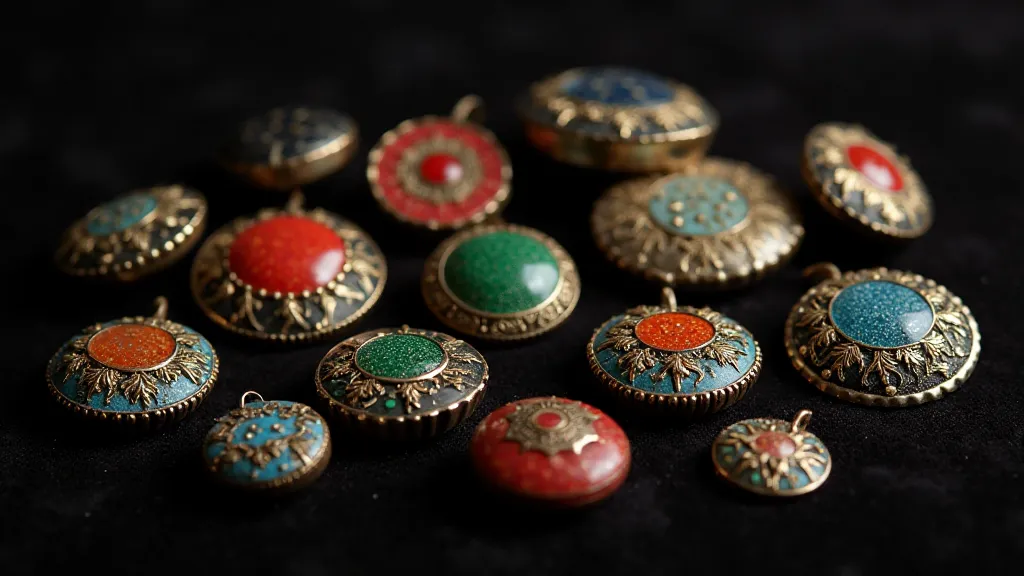
Identifying and Appreciating Vintage Cloisonné Buttons
So, how can you identify a genuine vintage metal cloisonné button? Here are a few key indicators:
- The Wirework: Carefully examine the cloisons. They're made of fine wire, meticulously soldered to the metal base. The quality of the soldering and the precision of the wirework are good indicators of age and craftsmanship.
- The Enamel: Genuine cloisonné enamel has a characteristic depth and richness. Look for subtle variations in color and texture.
- The Back Markings: Many vintage buttons bear markings on the back, often indicating the manufacturer or the materials used. These markings can be valuable in dating the button and determining its origin.
- Material & Weight: Cloisonné buttons made with precious metals or high-quality enamel will be noticeably heavier than those made with cheaper materials.
Restoring vintage cloisonné buttons is a delicate process. Cleaning should be done gently, avoiding harsh chemicals that can damage the enamel. Loose wires can sometimes be carefully re-soldered, but significant restoration work is best left to experienced professionals.
A Legacy in Miniature
Holding a vintage metal cloisonné button is like holding a piece of history. It's a tangible connection to the skilled artisans and the burgeoning industries that shaped our world. They remind us of a time when beauty was painstakingly crafted, when attention to detail was paramount, and when even the smallest object could be a work of art. The next time you come across a vintage button box, take a moment to search for those fiery treasures – the molten history of metal cloisonné awaits.
